Safety Certified Application Notes
Safety Certified capacitors are designed to withstand high impulse voltages in applications where human beings might be exposed to voltage surges. These capacitors will shunt the energy from the impulse to ground, protecting the circuit from the surge. Johanson Dielectrics offers Safety Capacitors certified to IEC384-14, EN132400 and IEC 60950.
Safety Capacitors are identified by their place in the circuit as either X capacitors or Y capacitors.
- X Capacitor: A capacitor for use in situations where failure would not lead to danger of electric shock. This is also known as a line to line application.
- Y Capacitor: A capacitor for use in situations where failure could lead to danger of electric shock. This is also known as a line to ground application.
The impulse capability of the part is indicated using a number from 1 to 3 as follows:
| Rating | Rated Voltage AC | Dielectric Withstanding Voltage | Impulse Voltage |
|---|---|---|---|
| Y2 | 250VAC | 1500VAC at 60Hz | 5000V |
| Y3 | 250VAC | 1500VAC at 60Hz | none |
| X1 | 250VAC | 1500VAC at 60Hz | 4000V |
| X2 | 250VAC | 1500VAC at 60Hz | 2500V |
The impulse waveform is as follows:
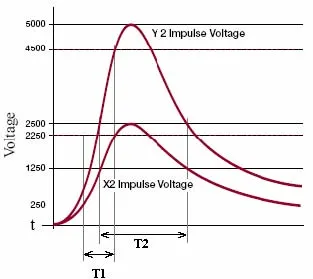
Figure 1. Impulse Voltage Wave Form
The capacitor is subjected to 10 impulses of alternating polarity. The time T1 is known as the rise time, this is the time it takes the pulse to go from 10% to 90% of the peak voltage.
The T2 is known as time to half value and is the time it takes for the voltage to go from 50% of the peak back to same level.
In telecom applications the T1 = 10μ s and T2 = 700μ s (per IEC 60950)
In power mains applications the T1 = 1.2μ s and T2 = 50μ s (per IEC 60384-14)
Johanson Dielectrics Safety Capacitors meet both requirements.
The impulse voltage is applied using the circuit shown in Figure 2.
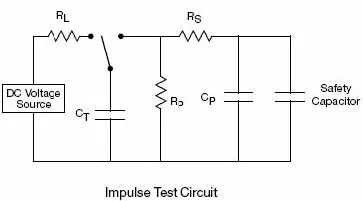
Figure 2.
Safety Capacitors also have to pass an AC voltage endurance test for 1000 hours. The waveform is shown below in Figure 3.

Figure 3. Endurance Test Waveform
Safety Capacitors are primarily used two applications:
- EMI filtering
- Insulation
In this application the capacitors are used for filtering EMI on the input of a circuit, so the main function of the capacitor is EMI filtering. However, these capacitors bridge the isolation barrier so they have to be able to withstand high impulse voltages in case of a power surge.
Examples of this application:
- Capacitors connecting the Tip or Ring lines to ground in telecom applications to meet EN 55024 (using X2Y3 or X1Y2 ratings)
- Capacitors used to filter the input side of an AC to DC power supply (using X1Y2 ratings).
Note: Some power supplies require a Y1 rated capacitor, which is not available on the market in a surface mount package. Two Y2 capacitors in series are considered an equivalent to a Y1 capacitor and are the only surface mount solution available.
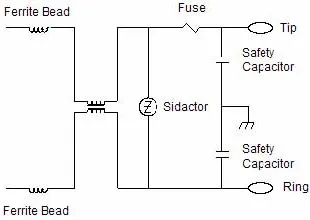
Figure 4. Safety Capacitor in Telecom 48V Application
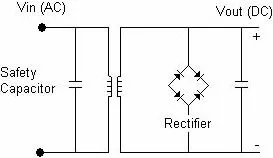
Figure 5. Safety Capacitor in AC/DC Power Supply
The capacitors are used for insulation between circuitry connected to the Telecom Network Voltage and any circuitry connected to protective earth. Johanson Dielectrics Safety Certified Capacitors fulfill Basic Insulation and Supplementary Insulation requirements of IEC 384-14 and IEC 60950. See Figure 6.
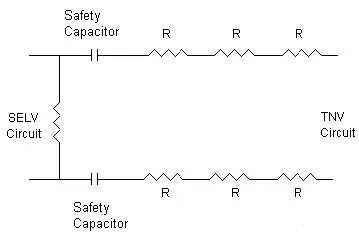
Figure 6.
Notice: Specifications are subject to change without notice. Contact your nearest Johanson Dielectrics, Inc. Sales Office for the latest specifications. All statements, information and data given herein are believed to be accurate and reliable, but are presented without guarantee, warranty, or responsibility of any kind, expressed or implied. Statements or suggestions concerning possible use of our products are made without representation or warranty that any such use is free of patent infringement and are not recommendations to infringe any patents. The user should not assume that all safety measures are indicated or that other measures may not be required. Specifications are typical and may not apply to all applications.